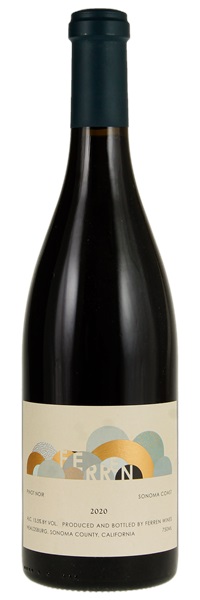Estimate

...detailed scents of cranberry sauce, tea leaves, rosewater, mossy bark and woodsmoke. The light-bodied palate is detailed and layered and strikes a fine balance of juicy fruit and earthy nuance. It has a silky texture, refreshing acidity and a long, earthy finish.
Shows steeped red cherry and damson plum notes that form a juicy, coiled-up core, while marjoram, red tea and savory accents fill in the background and meld nicely through the finish.